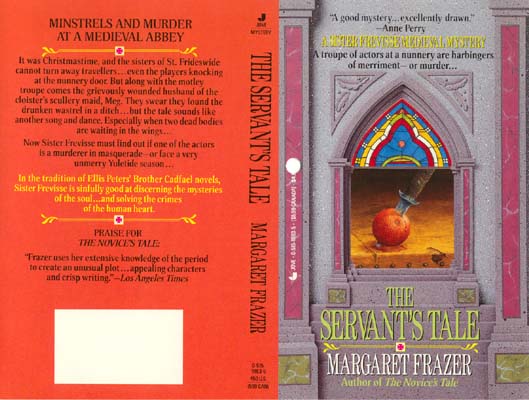Cover flats are generally produced as promotional material.
As the name suggests, they are literally the flat version of the
book's cover -- including the front cover, the spine, and the
back cover. Essentially, flats are covers which have not been
used to bind an actual book. Publishers will send these out to
distributors and bookstores before the book is actually
published, usually as part of a larger publicity packet designed
to encourage early orders on the title. As an author I usually,
but not always, receive a few copies as well. I'm never entirely
certain what to do with them, but they seem to exert a certain
fascination on those who are not already familiar with this
aspect of the publishing industry. As such, they tend to serve
as interesting conversation pieces. I'm not entirely sure that
their mystique is preserved when translated into a digital
format, but on the off-chance that they will serve as at least a
curiosity to some you can now find them on the Alternative
covers page.
You may notice the occasional difference between these flats
and the final versions of the covers. Most notable is that the
original intention for The
Servant's Tale was a rather remarkable orange. I count
myself rather blessed that this was changed at the last minute
to a far more pleasant blue.

VS.

- Margaret